



CFP®, MAppFin, Bcom
Director and Principal Financial Advisor
Jessica Brizuela has been working in the financial services industry for over 17 years and joined Allied Wealth in 2022 to focus on delivering unbiased advice to clients, where product conflict is not part of the advice process. Jessica believes that clients deserve to receive genuine independent advice as it builds a stronger long-term relationship with her clients.
CFP®, BSc, Dip FP
Director and Principal Financial Advisor
Founding Director and Principal Financial Advisor
Chris Rae has been working in the financial services industry for over 22 years and established Allied Wealth in 2020 to provide his clients with tailored unbiased financial advice.
Chris is a former director of the Profession of Independent Financial Advisers and has extensive experience in running boutique financial planning offices
Hugh Dive founded Atlas Funds Management in 2016 and manages the Atlas Core Australian Equity Portfolio. Before Atlas, he managed over $1 billion in accounts for Centric Wealth as Senior Portfolio Manager at Aurora Funds Management and was Head of Basic Materials at Citigroup Investment Research. In the 2011 Reuters StarMine Equity Analyst Awards, he was rated 5th overall in Australia for stock picking and first in Diversified Industrials and Chemicals. He has portfolio management experience at Investors Mutual, where he's managed small and large value funds, and CC&L Investment Management in Vancouver. Hugh holds degrees in Economics and Law from the University of Sydney, is a CFA charter holder, and earned Honours in the Canadian Securities Course.
Eddie Lee sits on the Allied Wealth Investment Committee as an Independent Investment Committee Member. Eddie has more than 12-years of experience across investment strategy, asset allocation and multi-manager portfolios. Over his investment career, he has held multiple roles in investment management and research working in asset consulting, superannuation, and wealth management. Eddie holds a Bachelor of Economics and Finance from RMIT University in Melbourne, Victoria.




The financial advisor at Allied Wealth has been my financial advisor for a considerable period of time. I have always much appreciated their ability to understand my evolving financial requirements, their relevant advice and ability to translate the information given into well-researched and appropriately flexible solutions.
We have dealt with Allied Wealth for several years and always found their financial advisor to be totally professional in all our dealings. Their follow-up on required information is immediate. We would recommend Allied Wealth to our family and friends
Our introduction to Allied Wealth has proven to be a successful decision for our future lifestyle. The prompt response and service provided by Allied Wealth has given us the confidence in our fund investments.
We would highly recommend the team at Allied Wealth. We have known one of their advisors for over 20 years and our recommendation is based on their management of our portfolio, and the relationship we enjoy with the advisor as our financial advisor from Allied Wealth.
We chose Allied Wealth because they are INDEPENDENT FINANCIAL ADVISORS. We chose an advisor from Allied Wealth because they have vast experience as financial advisors and communicate exceptionally with us, their clients.
As a person with only basic knowledge of the financial sector, I have been grateful over the years for the unfailingly timely and professional advice provided by the team at Allied Wealth. In particular, I have appreciated the personal touch which a small but highly professional financial advice firm like Allied Wealth can bring to the relationship.
Financial advisors certainly walk with us through our challenging transitions - growing families, retirement and ageing, widowhood. In our case, the uncertainty of cancer has been the most challenging transition. So many what ifs. I thank my surgeon and oncologist for my life but I thank the financial advisor from Allied Wealth for easing our financial anxieties and helping us make decisions. The advisor held steady when everything else was rocky - or burnt.
Allied Wealth became my personal superannuation financial advisor. I cannot speak highly enough of them. Professional, knowledgeable, explanatory of circumstances, issues and concepts. They guided me and my financial situation though all the ups and downs of these past 8 years.
Allied Wealth takes the time to understand my specific needs and goals, and then creates a personalized plan that is tailored to my individual situation. They are also great at explaining complex financial concepts in a way that is easy to understand, which is something I really appreciate.
Allied Wealth has advised me for over 5 years. They have helped me structure my superannuation and other affairs tax efficiently while ensuring my estate planning met my objectives. They found low fee investments which achieve good returns.
I’ve been working with Allied Wealth since 2020. Allied Wealth’s ability to be completely independent and provide advice in my best interests (rather than their own) whilst working in tandem with my other advisers has resulted in an outcome that I’m very happy with.
We are excited to be working with Allied Wealth as it ensures our continued partnership with a trusted team. The team at Allied Wealth has managed our affairs for many years and we have been extremely happy with their expert and dedicated service at all times.
Lorem ipsum dolor sit amet, consectetur adipiscing elit, sed do eiusmod tempor incididunt ut labore et dolore magna aliqua. Ut enim ad minim veniam, quis nostrud exercitation ullamco laboris nisi ut aliquip ex ea commodo consequat. Duis aute irure dolor in reprehenderit in voluptate velit esse cillum dolore eu fugiat nulla pariatur. Excepteur sint occaecat cupidatat non proident, sunt in culpa qui officia deserunt mollit anim id est laborum
Lorem ipsum dolor sit amet, consectetur adipiscing elit, sed do eiusmod tempor incididunt ut labore et dolore magna aliqua. Ut enim ad minim veniam, quis nostrud exercitation ullamco laboris nisi ut aliquip ex ea commodo consequat. Duis aute irure dolor in reprehenderit in voluptate velit esse cillum dolore eu fugiat nulla pariatur. Excepteur sint occaecat cupidatat non proident, sunt in culpa qui officia deserunt mollit anim id est laborum